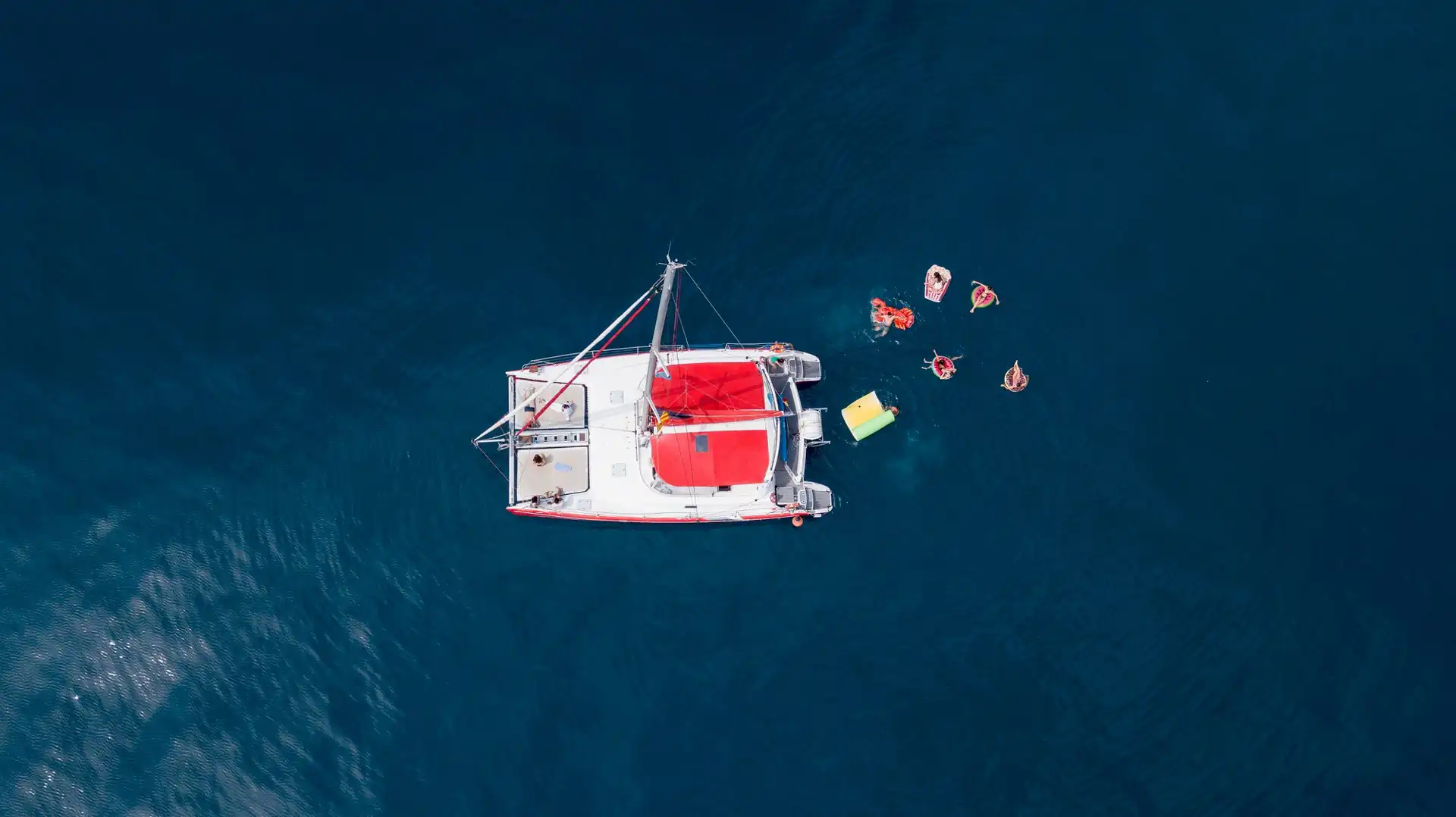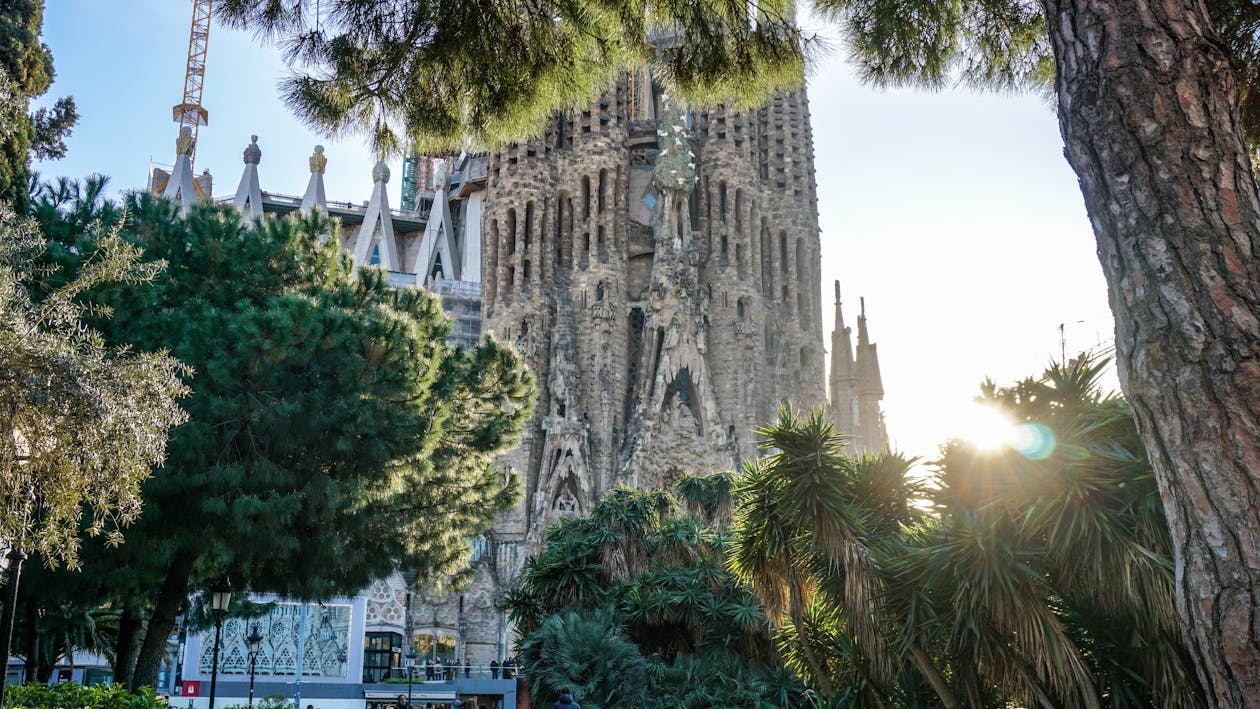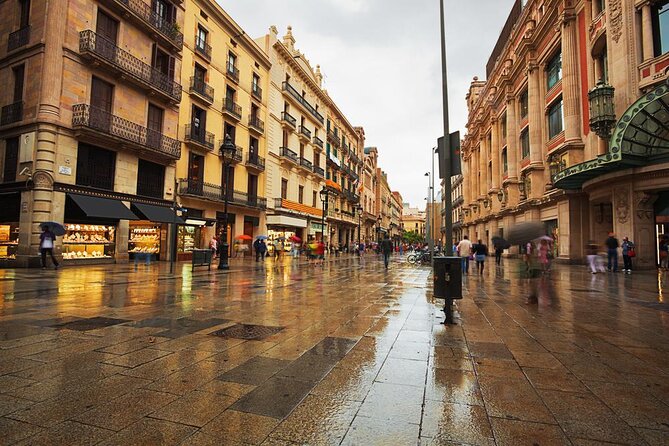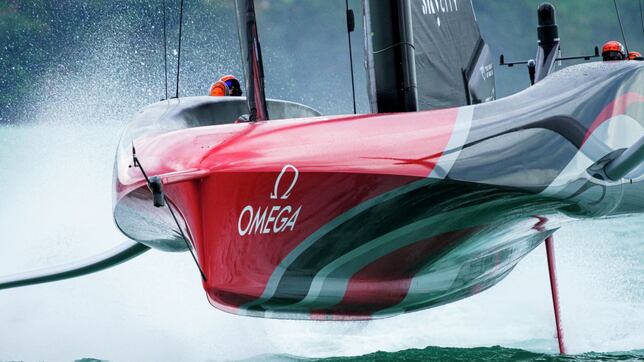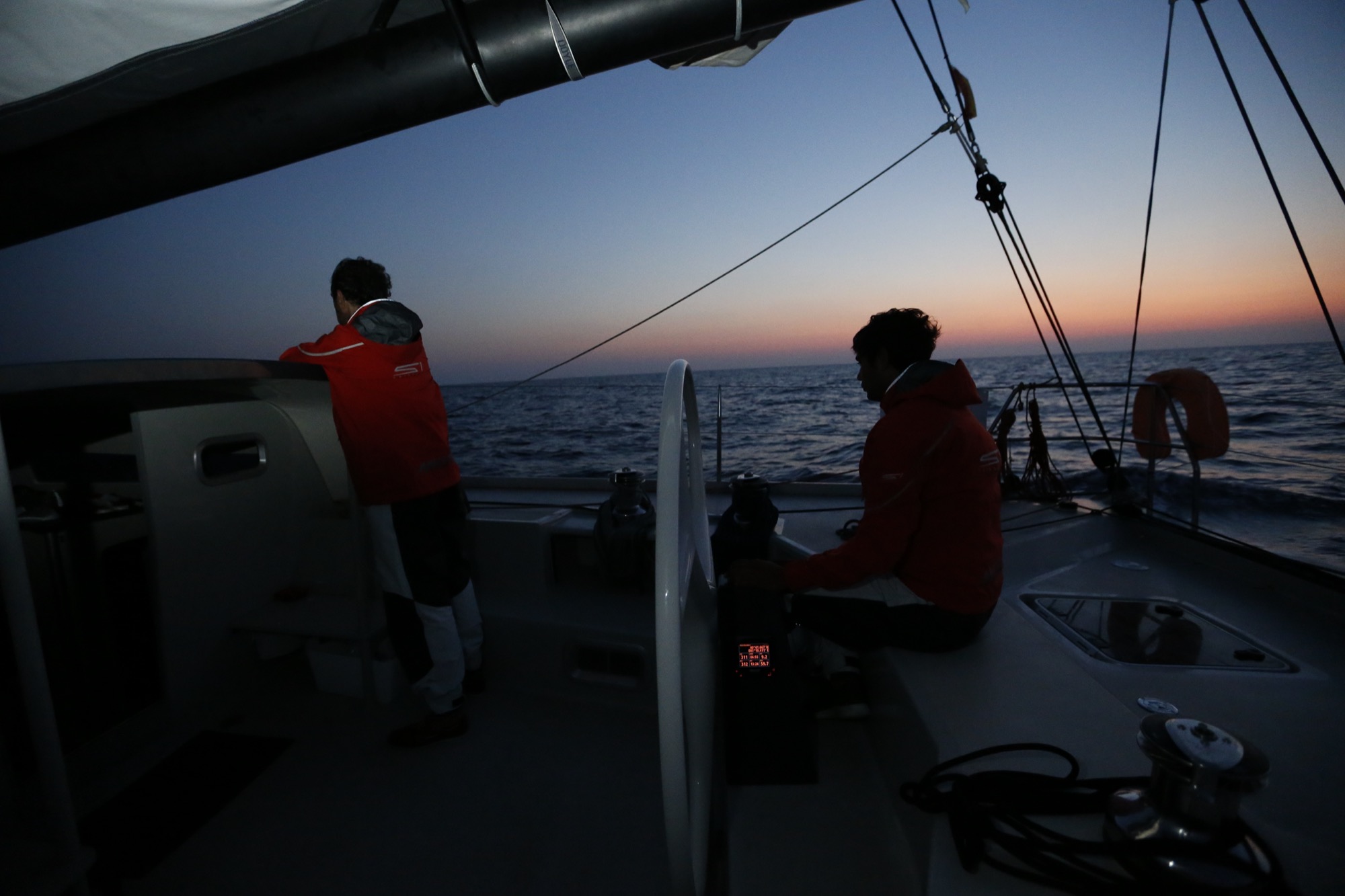Learn about the history of the Port of Barcelona
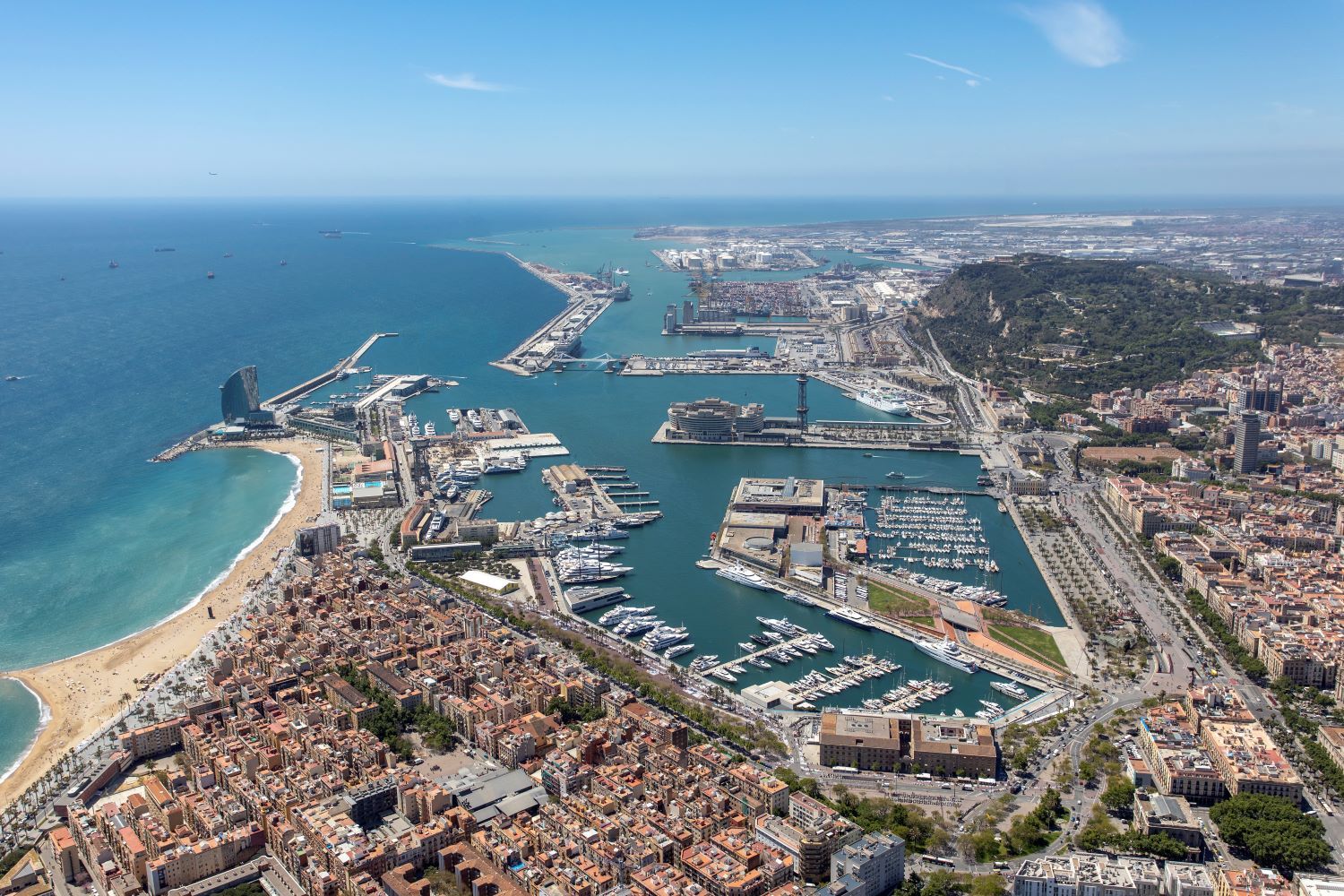
The Port of Barcelona, strategically located on the Mediterranean coast of Spain, is an important logistics center and historical connection point between Europe and the rest of the world. Its rich and varied history dates back centuries, marked by continuous development that has left its mark on the city and the surrounding region . At This Is Med we tell you the history of the port of Barcelona.
Origins and early stages
The origins of the Port of Barcelona date back to Roman times, when the city of Barcino (as it was then known) was a vital hub on the maritime routes of the western Mediterranean. During the Middle Ages, Barcelona emerged as a commercial and naval power under the rule of the Crown of Aragon.
The maritime expansion of the crown led to significant growth in maritime trade, establishing Barcelona as one of the main commercial centers of the Mediterranean. The development of the port as we know it today began in the 19th century, with the arrival of the Industrial Revolution . Barcelona experienced an increase in industrial and commercial activity, leading to the need for more modern and efficient port infrastructure. In 1882, the Port of Barcelona was inaugurated in its current location in the Barceloneta area, marking a milestone in its evolution.
Expansion and modernization
During the 20th century, the Port of Barcelona experienced a period of expansion and continuous modernization. The construction of new docks, warehouses and specialized terminals allowed the port to handle a greater volume of cargo and diversify its activity. Spain’s economic boom in the second half of the 20th century contributed to the growth of international trade, consolidating the port’s position as a key hub in the Mediterranean.
One of the most significant transformations occurred with the 1992 Barcelona Olympic Games . The city underwent a massive renovation of its infrastructure, including the port. Port facilities were improved and a new cruise and ship terminal was built , allowing the port to receive large passenger ships and strengthening its position as a tourist destination.
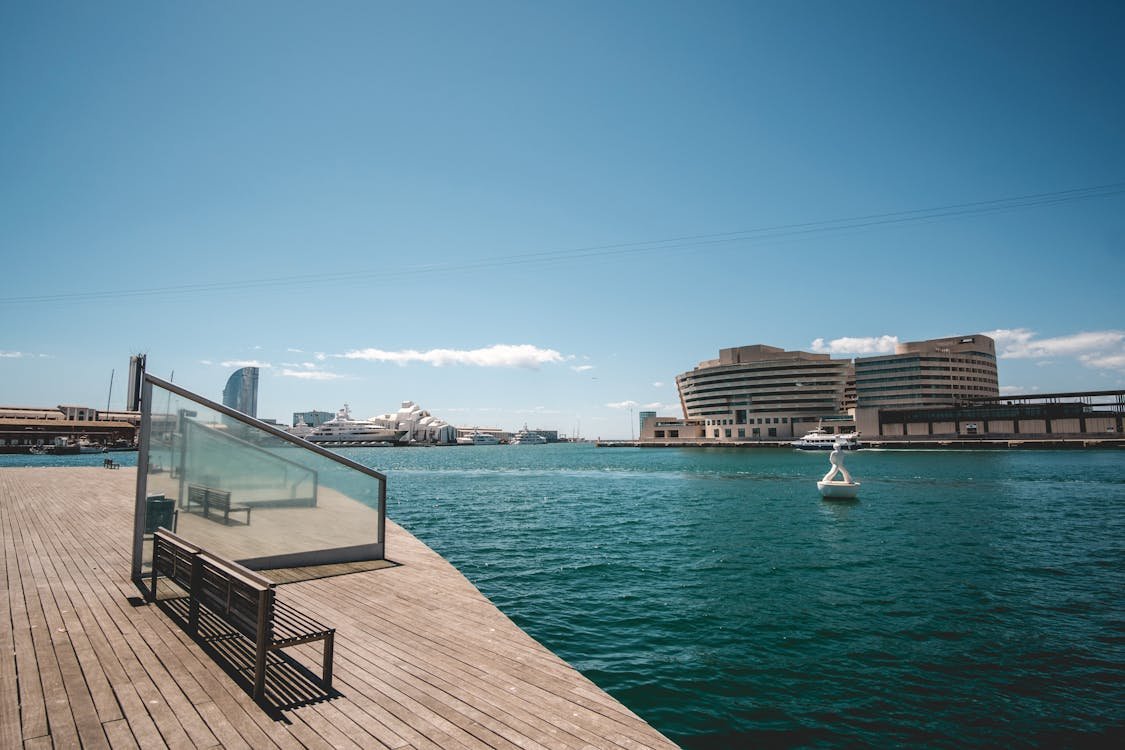
Current events and challenges
Currently, the Port of Barcelona is one of the main economic drivers of the region. Specializing in containers, automobiles, ro-ro cargo and cruise ships, the port handles millions of tonnes of goods each year and is a reference point in the transport of goods between Europe and the Mediterranean. The port faces several challenges in the 21st century.
Global competition, digitalization and environmental sustainability are some of the key areas the port is working on to maintain its relevance and competitiveness . The introduction of advanced technologies, such as automation and artificial intelligence, is transforming port operations, making the Port of Barcelona more efficient and environmentally friendly.
Impact on the city and region
The development of the Port of Barcelona has had a significant impact on the city and the surrounding region. Port activity has driven economic growth, creating direct and indirect jobs in sectors such as transportation, logistics and tourism. Furthermore, the port has contributed to the economic diversification of Barcelona, attracting foreign investment and facilitating the internationalization of local companies.
Cruise tourism has also seen considerable growth thanks to the expansion of port facilities . Barcelona has become one of the most popular cruise destinations in Europe, attracting millions of visitors each year and generating a positive impact on the local economy. The Port of Barcelona is much more than port infrastructure; It is a symbol of Spain’s maritime history and a vital engine for the regional economy. With a history spanning more than two millennia, the port continues to evolve to meet the challenges of the future, maintaining its position as one of the most important ports in the Mediterranean and an invaluable asset for the city of Barcelona and its inhabitants.

